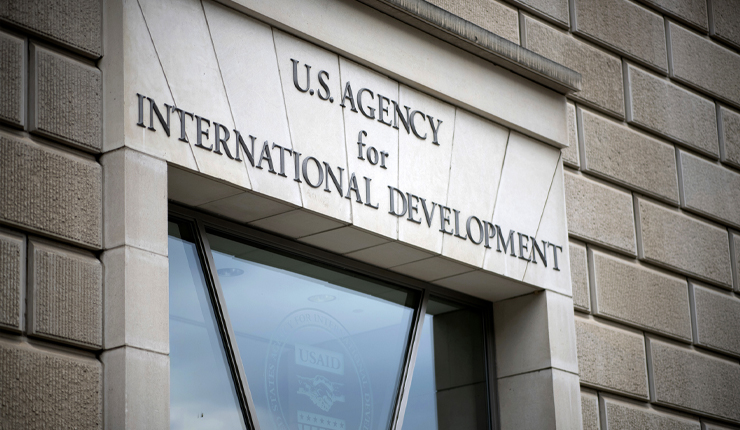The U.S. Agency for International Development (USAID), along with the American Research Center in Egypt (ARCE), has launched the second phase of the Cultural Heritage Tourism programme on Monday, to conserve cultural heritage sites in Luxor and Sohag.
This new phase will work on improving the quality of tourists’ experience, and brings the total of U.S. investments in the Cultural Heritage Tourism programme to $4.15 million.
The programme has conserved and restored two tombs in Dra Abu El Naga, provided jobs to 400 Egyptian antiquities workers and trained 76 Egyptian conservators.
The new programme will also provide additional training opportunities for Egyptian antiquities professionals to better protect and manage the sites, and provide employment opportunities for semi-skilled workers from the areas around the sites.
This program will also reinforce the U.S.-Egypt agreement on cultural property protection by relocating the storage for Amarna-period talatat blocks that currently adjoin the Khonsu Temple.
“The United States and the American Research Center in Egypt have a long and successful history of working together, along with the Government of Egypt, to preserve Egypt’s rich history which is an important driver of Egypt’s dynamic tourism sector,” said USAID Mission Director, Leslie Reed.
Reed further added “this new funding demonstrates our commitment to protecting Egypt’s cultural heritage assets, while also providing meaningful employment and training opportunities to Egyptian antiquities professionals.”
The U.S. has provided assistance worth $100 million since 1992 to preserve and restore cultural heritage sites in Old Cairo, Luxor, Alexandria, Sohag, and the Red Sea, including $75 million to projects implemented by ARCE.
Conservation efforts span the full range of Egypt’s long cultural heritage from prehistoric times to the late Ottoman period and include monuments and masterpieces from every major period.
